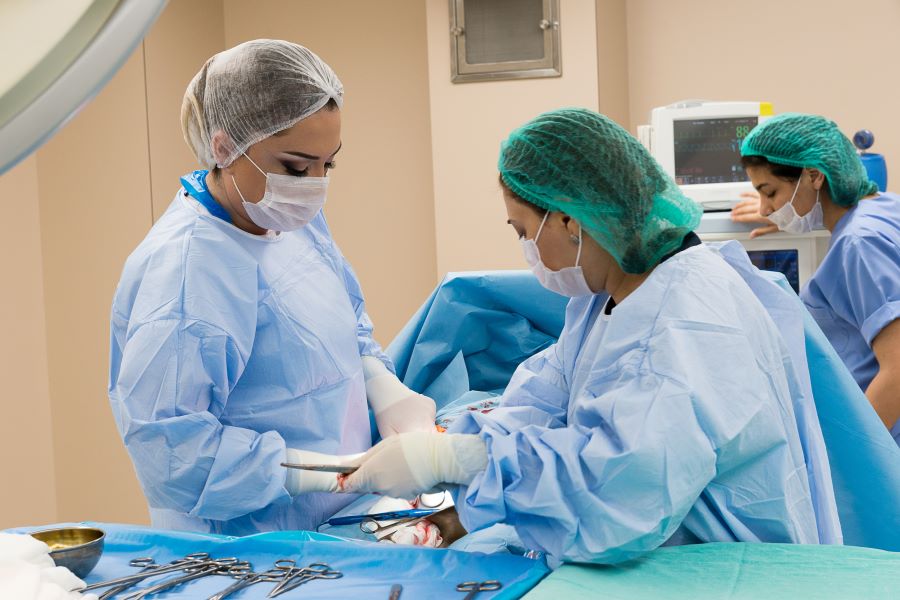Is it oK to Schedule Your own Elective C-section?


Everyone knows that babies can arrive in one of two ways: vaginally or by C-section. But does that mean it’s a good idea to schedule a C-section so you can meet your baby once you are full-term? Or is it better to let nature take its course?
In almost every scenario, delivering a baby vaginally is what is best for both mom and baby. Moms who give birth vaginally lose less blood at the time of delivery, leave the hospital earlier, and recover more quickly than moms who deliver by surgery. They also initiate breastfeeding more frequently and have lower rates of postpartum infections.
We also know that babies born vaginally are exposed to the beneficial hormones associated with labor and even benefit from picking up the good vaginal bacteria from their moms as they pass through the birth canal. They also tend to have less respiratory issues since the process of going through the birth canal helps to push more amniotic fluid out of their lungs.
However, sometimes some women need to deliver by C-section even before labor starts. Medical reasons for this include having a placenta previa or certain health conditions for the mom that make labor too dangerous for her to experience, to name just a few.
But what about the other women, for whom a vaginal birth is perfectly fine? Is it still OK if they want to skip labor and head straight for the operating room? Some women think so: they like the idea of picking the date their baby is born so they can have a certain birthday or coordinate with family plans, for example. Other women would prefer to avoid vaginal tearing or think that labor will hurt too much. For these moms, should their doctor or midwife heed their request and schedule a C-section?
The American College of Obstetricians and Gynecologists believes the answer is a resounding no. There is even a name for this category of C-sections: cesarean delivery on maternal request (CDMR), aka a C-section without any medical reasons for needing one.
It is not known for sure, but it is thought that about 2.5 percent of all primary (or first) C-sections for women in this country are because they fall in the category of CDMR. This rate may be much higher, however, since it can be hard to get this data from reviewing charts.
While C-sections may be life-saving for some moms and babies, they do not come without their own risks. It is precise because of these risks that this major abdominal surgery — which is what a C-section is — should only be used when necessary.
We know that women who deliver by C-section stay longer in the hospital and are at higher risk for postpartum infection and blood clots. The next pregnancy also becomes more high-risk, because complications such as placenta accreta, placenta previa, uterine rupture, and damage of internal organs at the time of a future C-section are more common in women who’ve had one prior C-section.
Given all this information, if a woman asks her doctor or midwife to schedule a C-section without a medical reason, her provider should try to find out why she is making this request. If it is because of fear of labor or pain or wanting to plan her little one’s arrival, a little education can go a long way in showing why this isn’t the ideal solution. Most women, when given the right information and the time to voice their concerns and have their issues addressed, will come to see why being patient and attempting a vaginal delivery should often be the goal.
Sources:
- The American College of Obstetricians and Gynecologists
- Committee Opinion #559: Cesarean delivery on maternal request
- April 2013.
Powered by Bundoo®










































